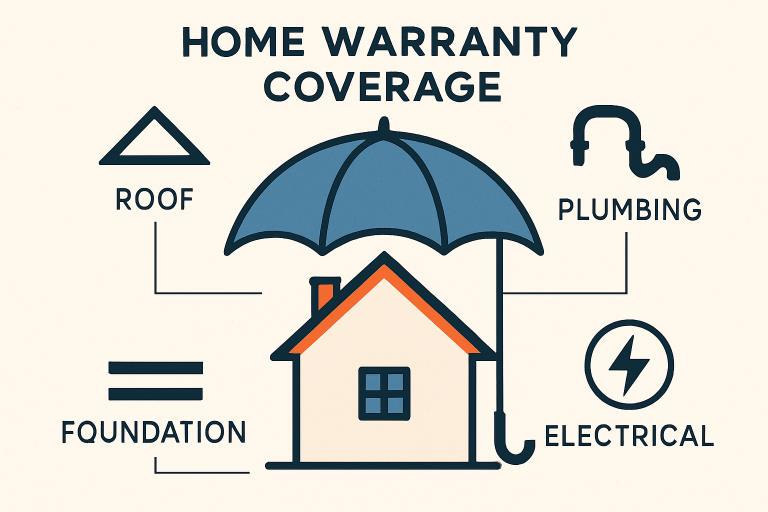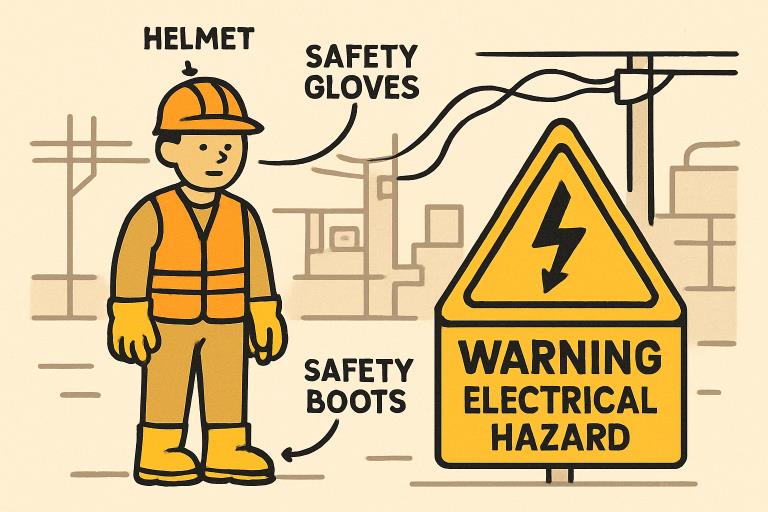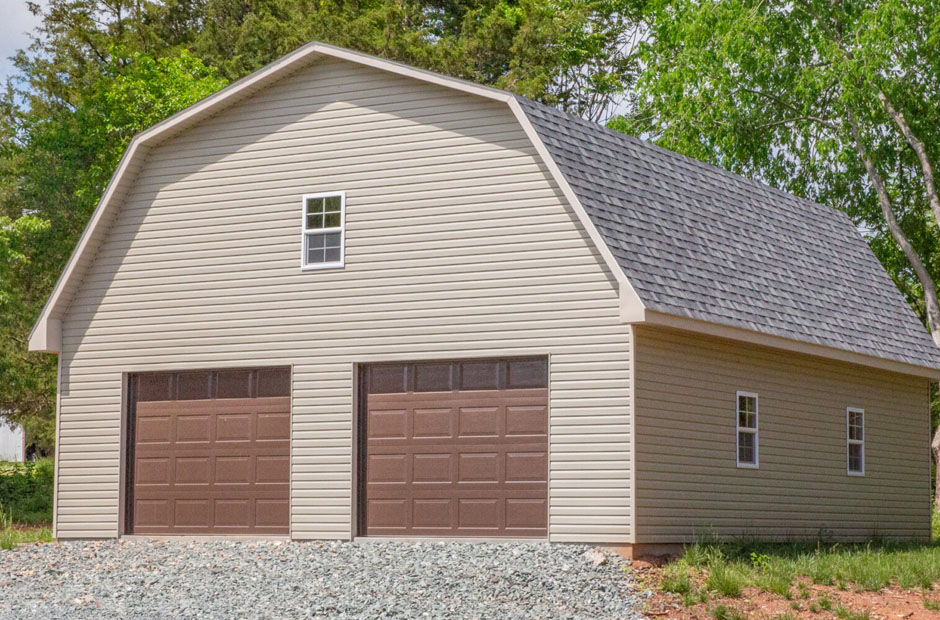Now Reading: Key Considerations in Home Builder Warranties and After-Sales Support
-
01
Key Considerations in Home Builder Warranties and After-Sales Support
Key Considerations in Home Builder Warranties and After-Sales Support

Understanding Home Builder Warranties
Purchasing a new home is a significant investment, and understanding the details of your builder’s warranty is crucial for protecting your asset. Home builder warranties are designed to deliver peace of mind by covering a range of components and systems within the new property. Generally, these warranties provide coverage that is sectioned into periods—for example, one year for workmanship and materials, two years for mechanical systems, and up to a decade for structural defects. The details of these protections are especially important to review when considering Kirkland home building projects, where new construction and evolving regulations play integral roles.
As you examine different warranty offerings, it’s essential to study what’s covered, what isn’t, and how long each coverage lasts. The best builder warranties are transparent and make filing claims straightforward, helping homeowners avoid costly surprises. Many buyers focus solely on the newness of their property, but even newly built homes can experience issues that require prompt attention from the builder.
By familiarizing yourself with standard warranty language and common coverage timelines, you’ll be better equipped to make informed buying decisions and to seek proper repair or remediation should something go wrong. For instance, some builders exceed industry standards, while others may only meet the minimum legal requirements.
Regulations, geographic location, and the builder’s own standards may all affect what a warranty covers. Consulting consumer guides and local building codes can provide more insight into minimum expectations and legal protections in your region, especially as these standards often differ between states or municipalities.
Coverage Details and Exclusions
Home builder warranties commonly cover essential building elements. Structural components, such as foundations and load-bearing walls, along with major mechanical systems like HVAC, plumbing, and electrical wiring, are typically included. External features, including roofing and siding, often receive coverage for a set period as well.
However, every warranty has exclusions. Most builder warranties do not cover normal wear and tear or minor cosmetic concerns such as nail pops, paint touch-ups, or shrinkage cracks. Additionally, appliances and fixtures often fall under separate manufacturer warranties. Damage caused by homeowner neglect, extreme weather, or acts of nature typically lies outside the builder’s responsibility.
Homeowners should also review any fine print or loopholes regarding coverage start dates, claim-filing deadlines, and responsibilities shared with third-party warranty companies.
Evaluating After-Sales Support
Warranty protection is only as effective as the after-sales support provided. Homeowners should prioritize builders known for a responsive customer care team. Reliable after-sales support can mean the difference between minor repair delays and ongoing, unresolved issues.
Inquire about the process for submitting warranty claims. Builders with streamlined workflows, digital claim tracking, and clear communication protocols usually rank higher in customer satisfaction. Evaluate whether the builder outlines anticipated timelines for resolving different types of repairs, and if they have in-house teams or rely on subcontractors to handle warranty work.
A strong after-sales service system also provides a transparent path for dispute resolution, including how issues escalated to third-party mediators or arbitration are handled.
Importance of Documentation
Thorough documentation is vital throughout your home warranty period. Keep records of all correspondence with your builder, as well as written documentation for each claim made and every repair completed. This helps build a paper trail if any dispute or clarification becomes necessary regarding warranty coverage or quality of work.
Please pay close attention to the procedures outlined in your warranty packet for filing claims and follow them carefully. This paperwork will be your best ally should a dispute arise or if you need to prove that a specific issue was reported before coverage expired.
Third-Party Warranty Providers
In some cases, builders purchase warranties from third-party providers who specialize in home warranty coverage. These external warranty options may introduce additional requirements, broader coverage, or different claims processes. For buyers leveraging FHA or VA loans, a third-party warranty may even be a stipulation of financing. Regardless, buyers must review the separate terms and conditions of these extended warranties to ensure a complete understanding of their rights and protections.
State-Specific Regulations
Building warranty laws and requirements are far from uniform across the U.S. Many states have enacted regulations that set minimum standards for builder warranties. For example, new laws in Florida, effective as of July 2025, now require a one-year minimum warranty on newly constructed homes, with clear rules on what must be covered and for how long. These regulations help prevent ambiguity and contribute to consistency in homeowner protections. Whenever you purchase new construction, review local and state resources for recent updates to warranty laws in your area.
Role of Home Inspections
One of the most effective strategies for utilizing a home builder’s warranty is to schedule a comprehensive home inspection before the coverage lapses. Professional inspectors have the expertise to identify hidden or emerging issues, from inadequate attic ventilation to subtle foundation shifts. Armed with an inspector’s report, homeowners can request necessary repairs within the warranty period, ensuring no covered problem is overlooked.
Ideally, time your inspection roughly 11 months after move-in to maximize the benefit, identifying issues in time for the builder to address them before the one-year warranty expires.
Final Thoughts
A clear understanding of home builder warranties and robust after-sales support processes provides critical protection for new homeowners. From comprehending what’s included under warranty to documenting every step of the claims process and leveraging professional inspections, these measures help ensure your investment remains secure and your new home lives up to expectations.





















